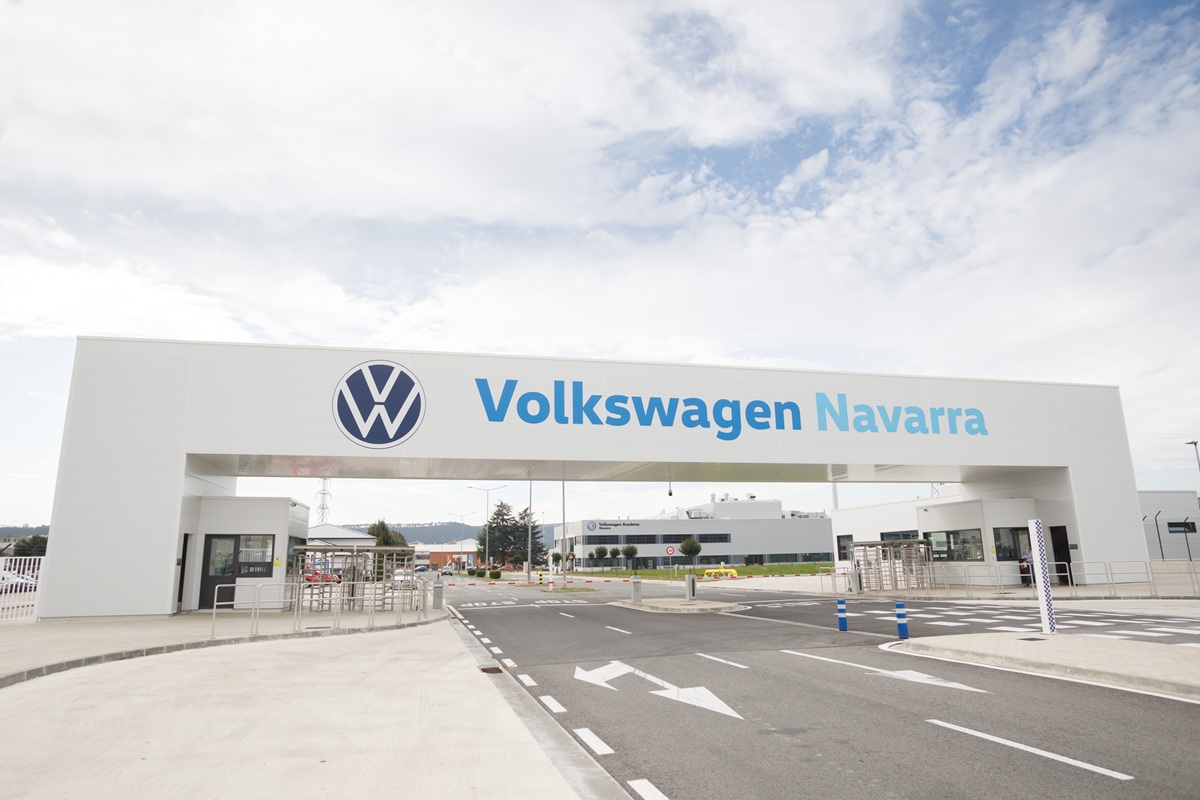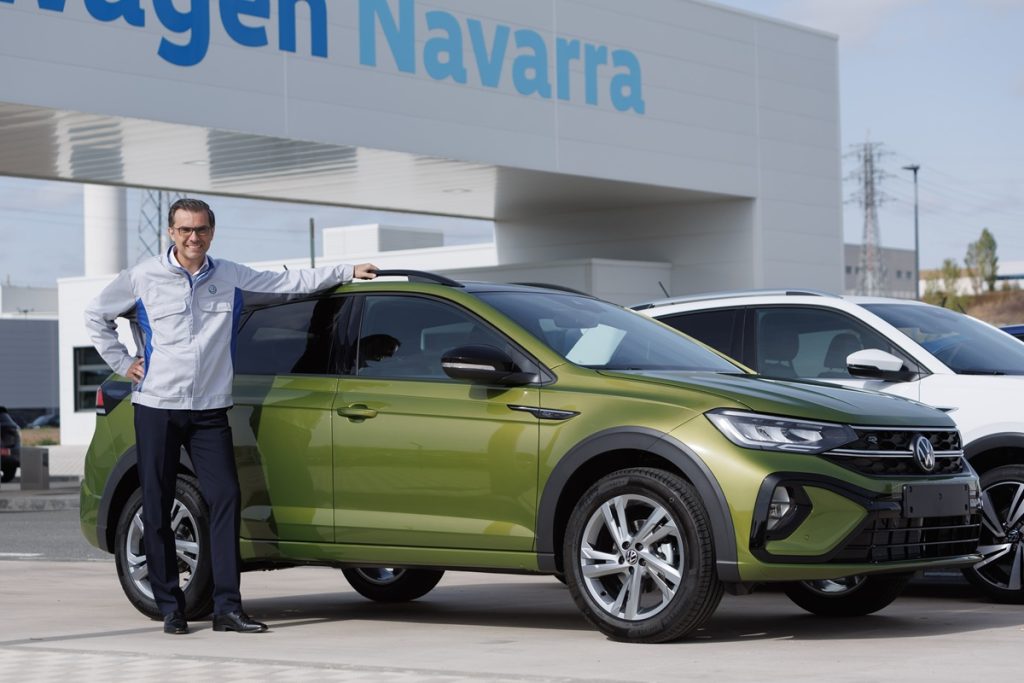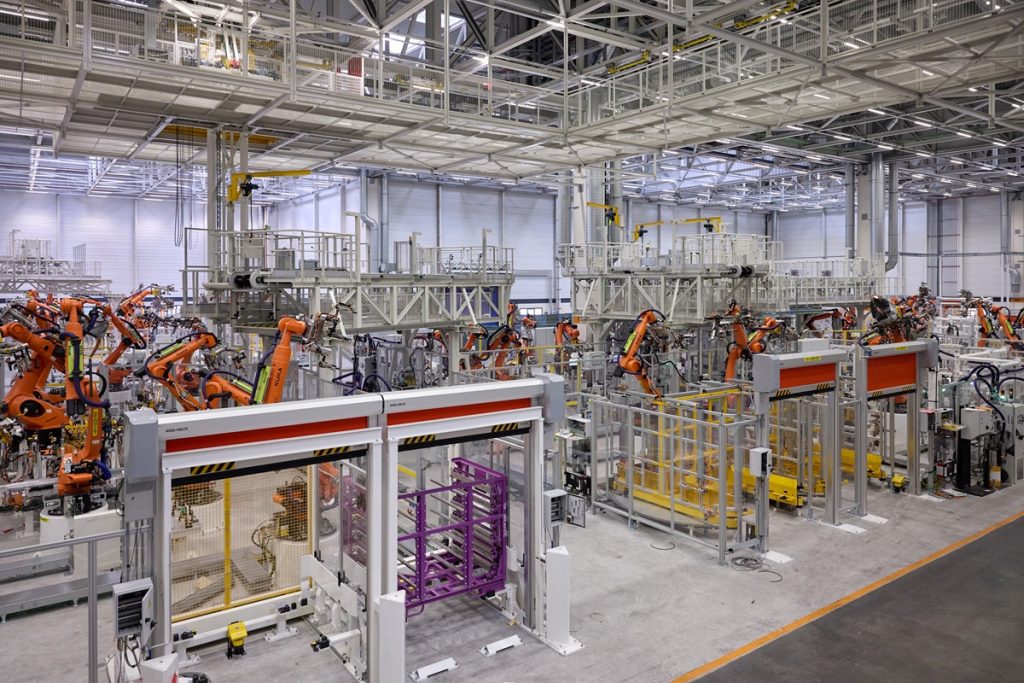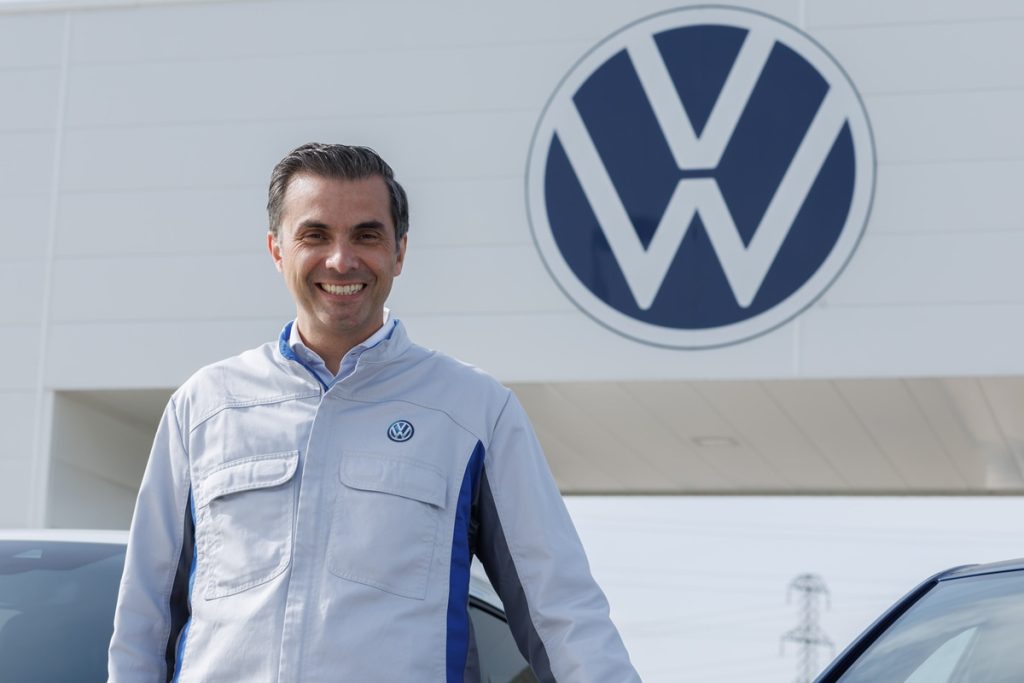
The president of the Landaben plant, Michael Hobusch, highlights in this interview the strategic role of Navarra in the Volkswagen Group’s commitment to sustainable mobility. With an investment of 1,000 million euros, its factory is preparing to produce two new electric models from 2026, combining technological innovation, training of local talent and public-private collaboration as key pillars of the process.
The Volkswagen Group’s commitment to electric mobility is unequivocal, as evidenced by the wide range of electric vehicles that all its brands have already launched on the market and the ambitious electrification projects for its products and manufacturing processes. Volkswagen Navarra is a benchmark factory in terms of quality and productivity, with a high level of cost discipline and lean structures, especially in the reuse of facilities for new models, specialising in compact and urban vehicles such as the Polo, T-Cross and Taigo. This reality was a determining factor in awarding us the production of two electric cars, a Volkswagen and a Škoda, in the ‘Electric Urban Car’ segment, which complements the combustion cars we currently produce. Nor should we forget the existence of a strong industrial sector in Navarre, with a significant presence of auxiliary companies and automotive component suppliers.
This commitment to Spain and Navarre is materialising through the F3 project and the Group led by the Volkswagen Group in Spain (with Seat as the driving force, and also including Volkswagen Navarra and PowerCO Spain), with the participation of more than 50 partners and with the support of the Spanish Government, which is mobilising European ‘next generation’ funds through the PERTE VEC (Electric and Connected Vehicle).
Volkswagen Navarra’s electrification project is progressing on schedule. Within a total investment of 1,000 million euros, of particular note are the 5,390 square metre extension of Warehouse 1C in the body shop, following an investment of 59.2 million euros, and the investment of a further 52.5 million euros in a new PXL type press, which is currently under construction. At the moment, we are focused, among other things, on carrying out the necessary works to facilitate the entry of batteries into the Assembly workshop.

In our factory the impact is going to be very high because from 2026 we will combine the production of two combustion models such as the T-Cross and the Taigo with two electric models, all on the same production line. This process involves investments such as those mentioned above and a major commitment to training our workforce in new technologies, which means that we need to have professionals who are experts in new fields.
It is clear that there will be a major transformation in almost all production, logistics and support processes, including new manufacturing technologies, the increasing digitalisation of processes, decarbonisation through energy generation and self-consumption, improved energy efficiency of the installed equipment, etc.
The Volkswagen Group’s commitment to the Iberian Peninsula, and more specifically to Navarre as an industrial hub for sustainable mobility, places it in a relevant position in Europe with positive implications in all sectors linked to sustainable mobility: industry, energy, circular economy, etc.
There is fluid contact with the Government of Navarra to analyse the objectives of the process and the evolution of its execution. The implementation of support measures has been very important thanks to the declaration of the Volkswagen Navarra electrification project as a Project of Foral Interest (PIF). SODENA is playing a key role as a liaison with the Regional Administration and as a promoter of the development of investment opportunities in Navarre for auxiliary companies in the automotive sector.
Without any doubt, our intention is to share our experience with the entire industrial sector of Navarre. Thus, we actively participate in the various forums in which the present and future of the region are debated and we are delighted to receive visits from leading companies to our facilities to exchange knowledge. In this respect, the relationship with other companies through the Automotive Cluster, which promotes these meetings, is noteworthy.
Automotive Cluster, which promotes these meetings. Similarly, the relationship with technology centres such as NAITEC and ADItech is very frequent and fluid.
The supply of parts for electric cars has been brought even closer to suppliers in Navarre or neighbouring regions, to the extent that the volume of purchases is going to increase compared to the existing levels for combustion vehicles.

In the eleven working days between 8 and 22 January of this year, the Volkswagen Navarra Academy developed an important part of the electrification training plan, adapted to the specific needs of each member of our company’s workforce, depending on their speciality. During this period, the training reached 3,630 workers, through 375 talks or sessions, given by 29 instructors (20 of them internal), totalling 50,678 hours, mostly dedicated to electrification. Ongoing training is a pillar of our company, which is even more important in these times of transformation.
On the other hand, Navarre is fortunate to have three university campuses: the Public University of Navarre, the UNED and the University of Navarre. This is undoubtedly an educational ecosystem of great value because it means having a pool of highly trained professionals in all the specialities currently demanded by the automotive sector.
We cannot forget Dual Vocational Training, in which Navarra has been a pioneer, because it allows the student and future professional to acquire, at the same time as a solid theoretical-practical training, a deep knowledge of business reality, which will help them to be better prepared to solve specific day-to-day problems. It is very important that students experience the purpose of their learning from the very beginning, that they verify the practicality and applicability of the contents from the very first moment.
Navarra has a well-deserved prestige at international level. But competition is increasing, not only at European level, but also at regional level in Spain. For this reason, Navarre has to create the necessary conditions so as not to fall behind and continue to be attractive to investors, especially in a sector such as the automotive industry, which is of vital importance for the generation of wealth and employment. It is necessary to deepen policies that allow progress and improvement in taxation, sustainability and digitisation, without forgetting specialised training plans and the improvement of infrastructures to better connect Navarre with the rest of Spain and Europe.

